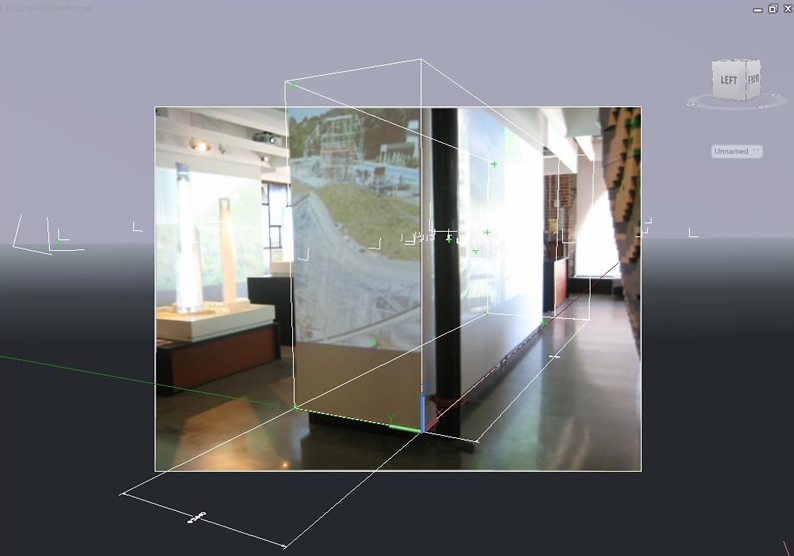Reality capture to be ‘prominent’ in March product update
SAN RAFAEL, Calif. – Some 3D data collection pros may still be pining for the Alice Labs software products that went away with the company’s acquisition by Autodesk in 2011. Some folks further may be concerned that the Allpoint Systems technology they were just integrating into their workflows will similarly disappear into the Autodesk abyss, with that company’s acquisition last week. (Maybe some people even miss RealViz, a photogrammetry software firm Autodesk bought in 2008…)
But, be not afraid, say Autodesk execs. At the company’s annual product update in March, “you can expect news around reality capture,” said Robert Shear, who took over leadership of Autodesk’s Reality Capture division roughly a month and a half ago. “Reality capture will be prominent in the product launches,” he said. The Reality Capture group has “moved from technology validation demonstration group to a product group, and in that transition the group has grown 5x, and we see this as central to our business, frankly, and that’s the way we’re treating it.”
Further, “I’m very hopeful that a lot of the Allpoint stuff will make it back to customers sooner rather later,” said Elmer Bol, founder of Alice Labs and now director of reality capture at Autodesk. “Especially compared to Alice Labs.”
It’s clear in talking to them that Bol and Allpoint founder Aaron Morris, who now joins Autodesk, are eager to work together. The pair first met at the SPAR International conference and they could see right off the bat that their two technologies were very complementary.
“We were all about being able to work with huge datasets on the desktop,” said Bol of the Alice Labs technology, “and being a foundational technology to be able to work with point clouds in the first place.”
Allpoint, on the other hand, brings advancements in workflow so that the user can get from collection to deliverable faster. “We recognized that it was the user experience that was the bottleneck,” said Morris. The company’s focus on eliminating the need for targets and for automating registration and some feature extraction all came from a desire to “streamline the user experience from the starting point to the end point.”
“Their perception engine,” Bol noted, “in being able to extract information out of datasets, that’s very complementary to what Alice Labs was doing.”
Finally, said Morris, “Allpoint was very strong in lidar, and Alice Labs was very strong in photogrammetry, and the combination really democratizes any method of capture of reality and the ability present it in 3D space.”
That last bit, about democratization, is a sign that Morris is already drinking the Autodesk Kool-Aid. (Or, to sound less cynical, that Allpoint’s and Autodesk’s vision of the market’s direction were already aligned.)
“What we do is democratize things,” said Shear. “It’s this idea of taking technology that has been the domain of the experts and getting it into a tool that can be used by the mainstream market. That’s the general business strategy.
“If you’re going to have this [3D data capture] thing be mainstream, there’s going to be a lot of data coming in, and there’s going to be a need to visualize it. But there’s a bottleneck, a need for streamlining and simplifying the workflow so that it’s usable, and that’s where Allpoint comes in.
“You need the foundation of something like Alice Labs to make something like these datasets useful. But you also need the simplification … [with 3D data]the usefulness is huge, but the workflow needs to be streamlined. And that’s what we’re doing.”
Look for a follow-up story on how Autodesk sees the 3D data acquisition market developing next week.






